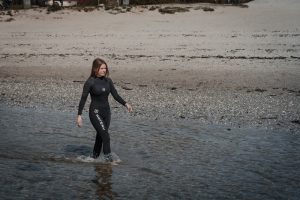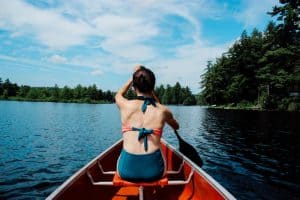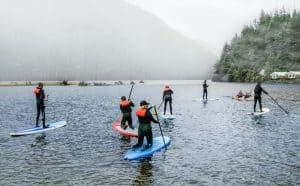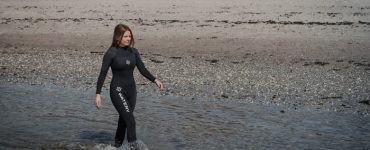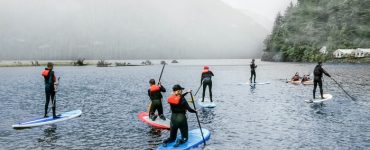Paddle boarding is one of the fastest growing outdoor activities because it’s easy to learn and can be enjoyed by people of all ages. It was co-invented in the early 2000s, but its popularity skyrocketed after a video showed an 85-year old man successfully paddle boarding for the first time.
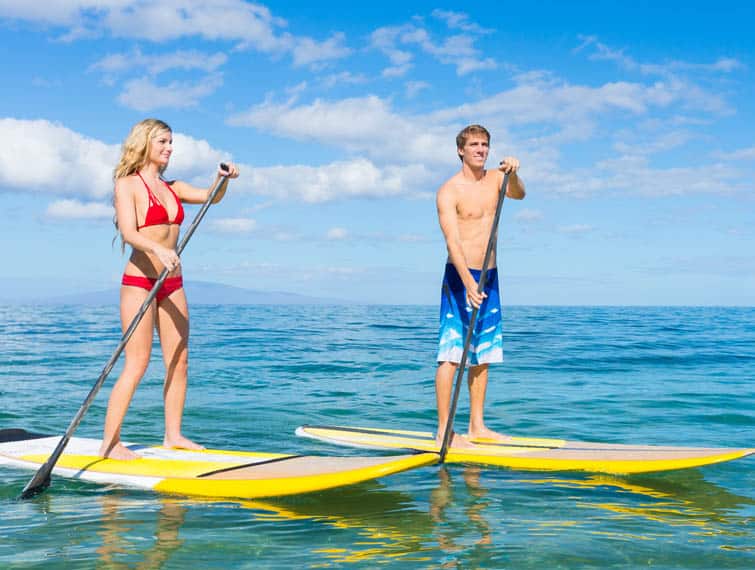
Paddle boarding is perfect for people who want to get more exercise, experience nature, spend time with their kids, or just spend quality time with friends.
What is Paddle Boarding?
Paddle boarding is a form of water sport in which the arms are used while lying, kneeling, or standing on a surfboard or paddle board to go forward. It is believed that this activity is rooted in ancient cultures from Africa and South America, where watercrafts such as boards and canoes were used, along with a long stick to fish or to travel.
Often known as Stand Up Paddle boarding (SUP), the sport provides a full-body exercise accompanied by a way to enjoy nature.
Paddle boarding has become a favorite pastime for many people in the United States and around the world. They are long, flat boards with a wide surface area that allows for easy movement.
Paddle boarding is both challenging and exciting, but it can also be relaxing. Boards range from 10 to 12 feet long and weigh up to 32 pounds, which makes them easy to store and carry from place to place.
A person sits on the board while using a paddle to propel themselves forward.
7 Reasons for The Rise of Stand-Up Paddling
In the last few years, paddle boarding has been one of the hottest trend in watersports right now, getting more people curious about it, and there are a lot of reasons why you should try it.
Easy to Learn
Unlike other water sports such as surfing, where it takes days of practice to be good, paddle boarding can be learned in a matter of hours. Kids and adults can give this water activity a try. It is beginner friendly as you can start by using your knees when you feel unsteady and eventually stand once you get the hang of it.
Paddle boarding can be done by people of any skill level. Only minimal balance and skill are needed as long as you use the right board.
Fun Outdoor Quiz
Relaxation
The beautiful scenery that can be witnessed when doing the activity can be of great help in escaping the stresses of daily life.
Low Intensity but Can Improve Muscle Strength
This sport involves the use of various muscle groups, improving muscle conditions, but is easy on the body. Paddle boarding works on the core, improves cardiovascular health, and tests a person’s balance and flexibility. There is little to no impact, prompting people prefer paddle boarding over something that is harder on the body.
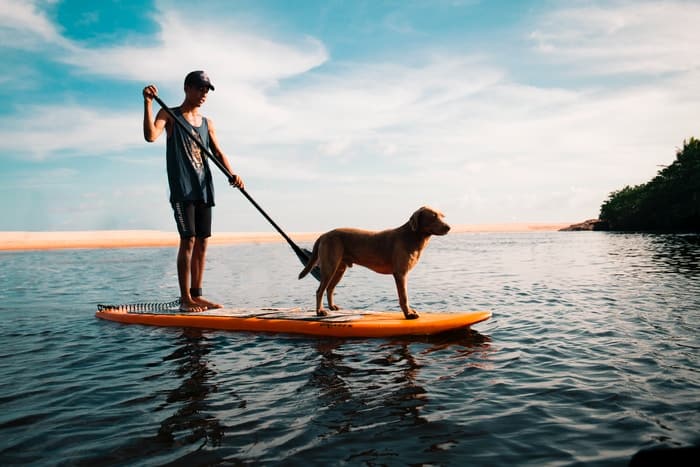
Paddle Boards Are Easy to Transport
The paddle boards can be used on any type of water, such as rivers, seas, and lakes. The inflatable paddle boards are easier to use. No need to complain about transporting it since you can carry the board inside your bag and pump upon arrival to the site.
An Opportunity to Explore the Outdoors
Paddle boarding forces you to travel and find a river, lake, or sea, unless you live next to a body of water. As you explore various areas, chances are you may want to visit other places too, and discover amazing things.
A Year-Round Sport
Paddle boarding does not require you to plan your activity. It allows you to hop into the water at any moment, and does not require high waves.
Meet New Friends
This activity is a perfect way to meet new people, make friends, and learn from them. Usually, there are paddling groups that do meet ups.
Paddle Boarding for Fitness: The Health Benefits of Paddle Boarding
Paddle boarding is a great way to get in shape and stay healthy. It is a low-impact exercise that can help improve your cardiovascular health, strength, and flexibility. Paddle boarding also provides a full-body workout. You use your arms, legs, and core muscles while you are paddle boarding, which helps to tone your body and burn calories. Paddle boarding is a great way to relax and enjoy nature. You can explore new waterways and enjoy the peace and tranquility of being on the water.
Basic Paddle Board Equipment
Paddle boarding, also known as SUP (stand up paddle), is a great way to get out on the water and enjoy some exercise. But before you can enjoy the experience, you need to have the right equipment. Here’s a look at the basics:
Paddle Board
This is the main piece of equipment and what you’ll be standing on while you paddle. There are a variety of shapes and sizes to choose from, so be sure to select one that’s appropriate for your skill level and intended use.
Paddle
The paddle is used to propel yourself through the water, so it’s important to select one that’s comfortable for you. It should be slightly taller than you are, and have a grip that feels good in your hand.
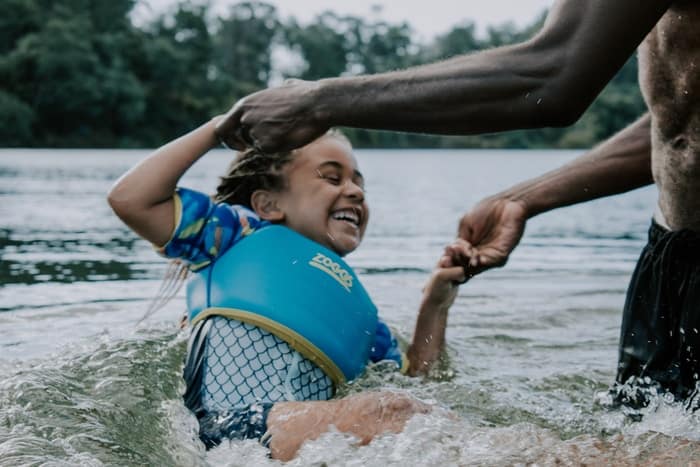
PFD (personal flotation device)
This is a life jacket that fits around your torso, and helps you stay afloat if you capsize. It’s important to wear it even if you’re not in the water as it just makes sense to be safe.
SUP leash
A leash is one of the most important pieces of gear, as it keeps you attached to your board in case of a fall. A good quality sup leash will be made of a durable material, like nylon, and include a comfortable neoprene cuff.
SUP board bags
When you buy a paddle board, you also need to purchase SUP board bags. These bags protect your board during transport and storage. Board bags come in a variety of sizes, so be sure to choose the right one for your board. Most SUP board bags have straps that keep the board in place, as well as a carrying handle.
Paddling Techniques
Paddle boarding is a great way to get out and enjoy the water. It can be done in a lake, river, or the ocean. There are a few different techniques that can be used when paddle boarding.
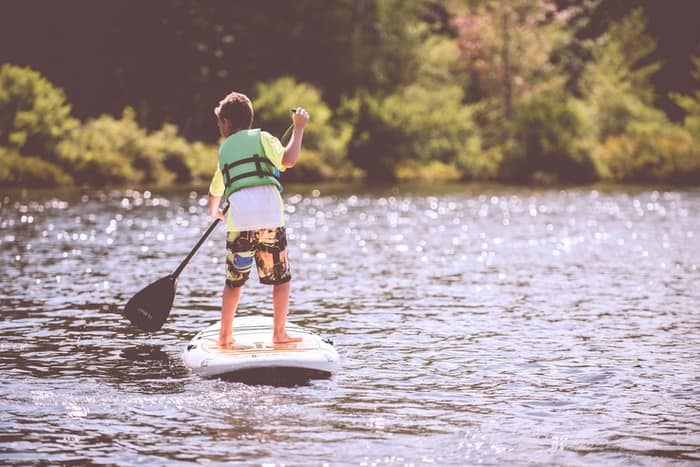
Standard Paddle Stroke to Paddle Forward
In order to paddle forward on a paddle board, use a standard paddle stroke. Grip the paddle with your right hand near the middle of the shaft and your left hand on the top of the shaft. Point the paddle blade straight in front of you and pull it through the water until it’s parallel to the surface of the water. Keep your back straight and lean slightly forward to increase your speed.
Turning with The Forward Sweep Stroke
To do a forward sweep stroke, hold your paddle with the blade parallel to the water. Reach out with your paddle and pull it towards you, making sure to keep the blade parallel to the water. As you pull in, rotate your body so that you are facing the direction you want to go. Then, extend your arm and push the paddle away from you, back into its original position.
Turning with The Reverse Sweep Stroke
The reverse sweep stroke is a great way to turn your paddle board. To perform this stroke, you will need to position your body so that your paddle board is facing the opposite direction from the way you want to go. Then, use your left hand to sweep the paddle forward and your right hand to push down on the top of the paddle board. This will cause your paddle board to turn in the opposite direction.
It is important to note that you should only use the reverse sweep stroke when you are close to shore.
Conclusion
In summary, paddle boarding is a sport that provides a range of physical and mental health benefits. There is no reason not to give it a try so go out, learn, and have a fantastic time with paddle boarding and at the same time, improve your fitness.



